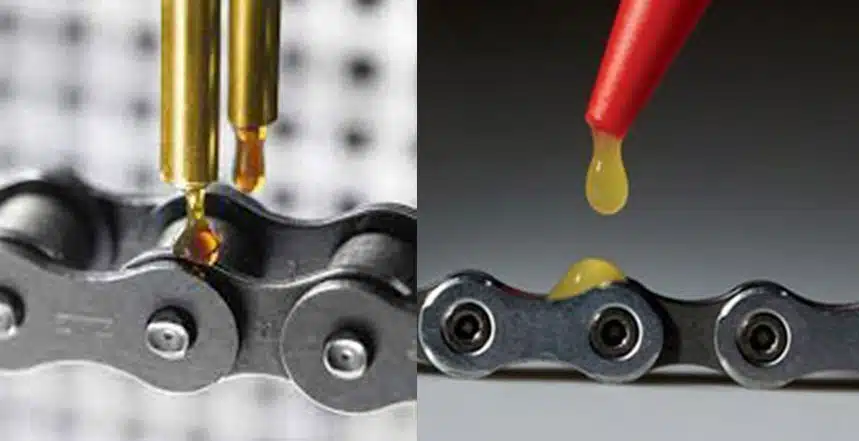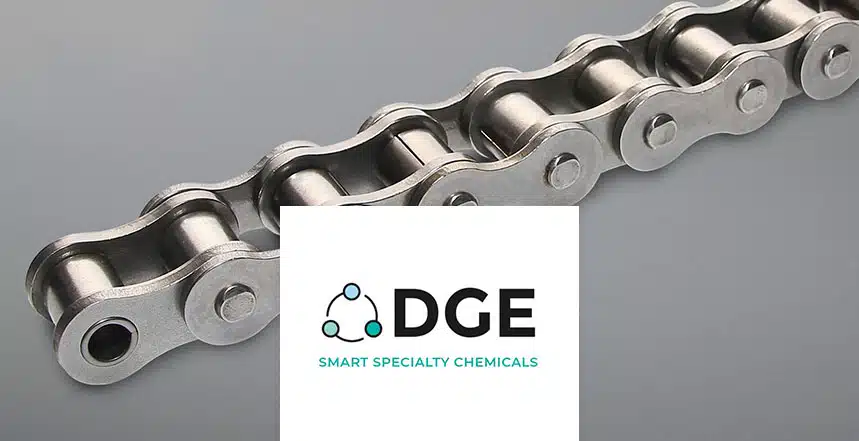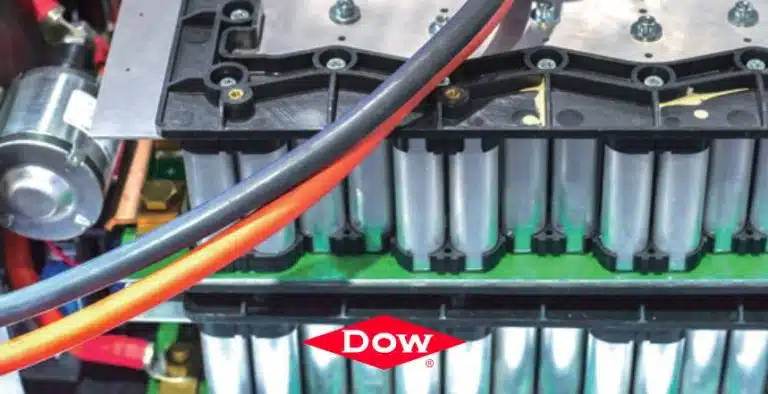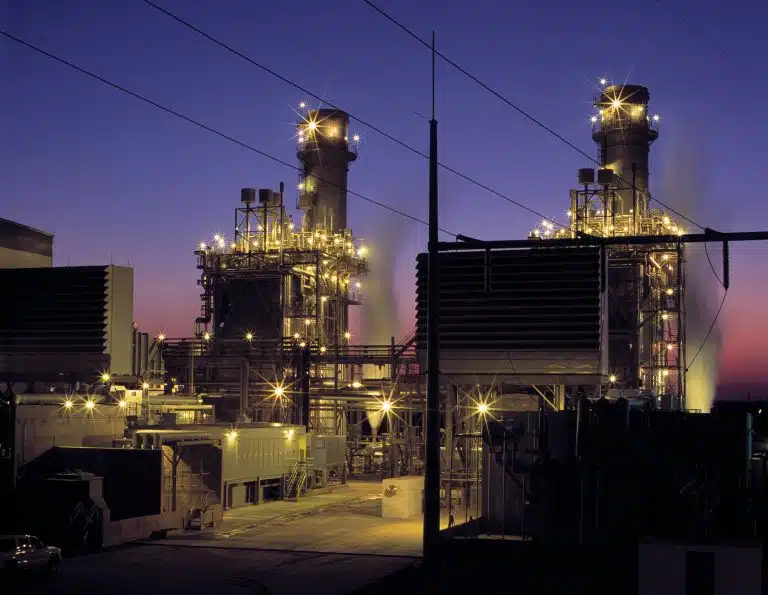Why is it important to lubricate a chain?
Chains are used in many industry areas for power transmission or transport purposes. A chain is a series of traveling journal bearings connected to the teeth of a sprocket, which allows to transmit force and motion to a mechanism.
Consequently, proper lubrication is essential not only to obtain a maximum service life, but also to register an optimal operational efficiency.
Most typically, a chain can fail by either tensile fail, fatigue, or wear:
- In the first case, tensile fail, the chain is overloaded in tension until it reaches plastic deformation and does not work properly. It can also occur that the chain elements are pulled apart.
- In a fatigue failure, the chain is repeatedly loaded in tension below the yield strength of the metal. After repeated load exposure, a series of microscopic cracks can develop in the link plates or sidebars, which could lead to catastrophic failure, breaking the chain apart.
- Finally, in wear failure, material is removed by either sliding or a combination of sliding with corrosion or abrasion until the chain does not function correctly. It can also occur, like with the other failure modes, that the chain breaks.
In many cases, wear between the pin and the bushing causes elongation on the chain until the chain does not correctly fit the sprockets or maintain a correct spacing between elements.
Failure can also appear in cases where wear is located between the roller and the bushing or between the link plates or sidebars and the guides. This wear elongation progresses through different stages, the first one being a short period of rapid initial (also known as run-in wear), followed by a period of constant slow (or lubricated wear).
The last stage corresponds to terminal wear, where lubrication may have become ineffective, and the chain fails.
How to select a proper lubricant?
Because of the reasons stated previously in this article, chain lubrication is needed to slow down the appearance of wear between the pins and bushings in the chain joints, as well as to flush out all the foreign materials and wear debris that is generated.
Additionally, lubrication can also serve as protection against rust and corrosion, to dissipate heat, and to cushion impact forces.
The selection of the right lubricant for any specific application requires the complete understanding of the operational and environmental conditions to which the chain will be subjected to.
In particular, a lubricant for this kind of application requires a low enough viscosity to penetrate into critical internal surfaces, but also a high enough viscosity to maintain an effective film thickness at the operating temperature and pressure conditions. The latter can also be achieved through additives in the lubricant.
The environmental conditions where the chain will be used can also play a major role in the lubricant choice, as the presence of dust or other non-desirable pollutants can lead to waxy or tackier lubricants to be preferred choice for the application.

What do you need to consider?
The wrong lubrication methods and the use of an incorrect lubricant are some of the most common sources of chain failure.
Most importantly, the correct choice of a lubricant is capital in order to achieve optimum efficiency.
For example, heavy oils and greases are too stiff to penetrate deep enough into the chain to reach the actual working surfaces of the chain. Applying grease to the outside chain will only act more as a sealant, thus impeding the work process, and ultimately resulting in higher wear. This entails a premature failure of the chain.
Further relubrication, on the other hand, can also have a negative impact. Indeed, this will result in the development of increasingly thick layers of grease on the plates and rollers. With the addition of dust particles, the chain becomes increasingly thickened and encrusted, which in turn prevents the lubricant from reaching the small spaces in the joints.






